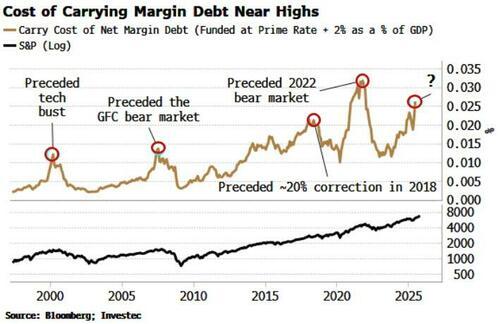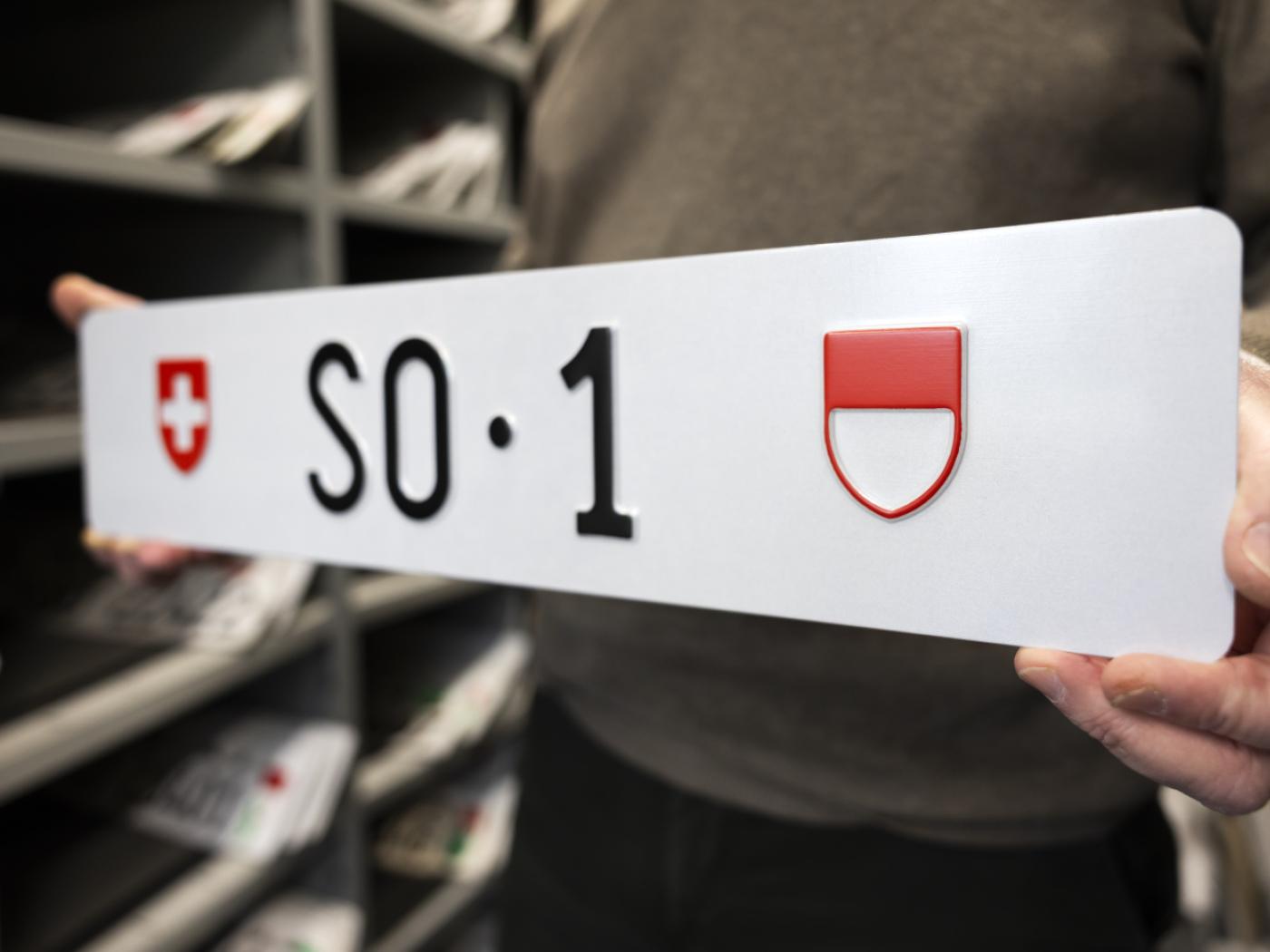Overview
The current account surplus amounted to CHF 10 billion in the first quarter of 2016, CHF3 billion less than in the year-back quarter. The decline was primarily attributable to trade in goods, where the receipts surplus of CHF 8 billion was CHF 2 billion lower than in the first quarter of 2015. The receipts surplus for services remained stable at CHF 5 billion. In the case of primary income (labour and investment income), receipts and expenses were on a par, whereas a receipts surplus of CHF 1 billion had been recorded in the year-back quarter. At CHF3 billion, the expenses surplus for secondary income (current transfers) remained on the same level as the year-back figure.
Switzerland’s financial account recorded a net decline on both the assets and liabilities side in the first quarter of 2016, mainly because commercial banks reduced their claims and liabilities in cross-border interbank holdings (other investment). The net de crease on the assets side amounted to CHF 23 billion (Q1 2015: net acquisition of CHF 77 billion), and to CHF 42 billion on the liabilities side (Q1 2015: net incurrence of CHF 66 billion). As the net decline was lower on the assets than on the liabilities side, the financial account, including derivatives, registered a positive balance of CHF 19 billion.
In the international investment position, stocks of foreign assets receded by CHF 57 billion to CHF 4,203 billion in the first quarter of 2016. The decrease was attributable to transactions reported in the financial account as well as to capital losses resulting from stock exchange and exchange rate movements. Stocks of foreign liabilities decreased by CHF 167 billion to CHF 3,484 billion. Transactions and, in particular, significantly lower share prices in Switzerland were the factors behind this. The net international investment position advanced by CHF 110 billion to CHF 719 billion.
Current accountReceiptsAt CHF 52 billion, goods exports according to the foreign trade statistics (total 1) increased by CHF 1 billion compared to the year-back quarter. Exports in the chemical and pharmaceutical, precision instruments, jewellery and food product industries recorded an increase, while those in the machinery and electronics, watches and metalworking industries declined. Net merchanting receipts amounted to CHF 6 billion, remaining on a par with the year-back quarter.
Receipts from non-monetary gold trading came to CHF 13 billion, compared to CHF 18 billion in the first quarter of the previous year. Overall (i.e. including merchanting and gold trading), receipts from goods trade amounted to CHF 71 billion, CHF 3 billion less than in the same period a year earlier. Receipts from foreign trade in services were, at CHF 26 billion, equivalent to those of the year-back quarter. An increase was registered in licence fees and business services, whereas receipts from financial services, telecommunications, computer and information services and transport declined.
As a result of higher income from investment abroad (particularly from reserve assets), primary income (labour and investment income) rose by CHF 1 billion to CHF 28 billion. Secondary income (current transfers) amounted to CHF 9 billion, on a par with the year-back quarter.
ExpensesAt CHF 42 billion, goods imports according to the foreign trade statistics (total 1) were down by CHF 1 billion compared to the first quarter of 2015. Expenses for jewellery, metals and energy sources receded. In the case of energy sources, the decrease was almost entirely due to prices. Higher receipts were registered in the motor vehicles, food products, and textiles, clothing and footwear industries. Expenses for non-monetary gold trading amounted to CHF 19 billion, as in the year-back quarter. At CHF 63 billion, expenses for goods imports overall remained on a par with the year-back quarter
.
Expenses for services imports were, at CHF 21 billion, equivalent to those in the first quarter of 2015. While expenses increased in tourism, licence fees and business services, these were offset by decreases in transport as well as in telecommunications, computer and information services.
Expenses for primary income (labour and investment income) rose by CHF 1 billion to CHF 27 billion, ma inly due to higher earnings from direct and portfolio investment. At CHF 12 billion, expenses on secondary income (current transfers) were up by CHF 1 billion compared with the year-back figure.
NetThe current account surplus amounted to CHF 10 billion, CHF 3 billion less than a year earlier. While the surplus in receipts from trade in goods contracted by CHF 2 billion to CHF 8 billion, that for trade in services remained unchanged at CHF 5 billion. In the category of primary income (labour and investment income), receipts and expenses were on a par, whereas a receipts surplus of CHF 1 billion had been recorded in the year-back quarter. The expenses surplus on secondary income (current transfers) came to CHF 3 billion, the same as one year before.
|
Swiss Balance of Payments - Overview |
Financial accountNet acquisition of financial assetsSwitzerland sold more financial assets than it acquired in the quarter under review, which led to a net decrease of CHF 23 billion (Q1 2015: net acquisition of CHF 77 billion). The main factor behind this was the net reduction of CHF 71 billion recorded in other investment (Q1 2015: net decline of CHF 28 billion), due to the fact that banks located in Switzerland significantly reduced their claims against banks abroad. The SNB, too, cut back those of its claims against other central banks and commercial banks abroad that do not form part of reserve assets. Direct investment, by contrast, posted net acquisition of financial assets in the amount of CHF 30 billion (Q1 2015: CHF 15 billion), mainly because companies located in Switzerland granted more loans to their subsidiaries abroad. Reserve assets recorded a net acquisition of financial assets of CHF 18 billion (Q1 2015: CHF 58 billion).
Net incurrence of liabilitiesThe liabilities side of the Swiss balance of payments also registered a net decline. It amounted to CHF 42 billion (Q1 2015: net incurrence of CHF 66 billion) and was, as on the assets side, a result of the net reduction in other investment. The latter came to CHF 47 billion (Q1 2015: net incurrence of CHF 49 billion), and was mainly due to the fact that both the Swiss banks, through their interbank holdings, and the SNB decreased their liabilities abroad. Portfolio investment recorded a net decrease of CHF 8 billion (Q1 2015: net reduction of CHF 7 billion), since investors domiciled abroad sold Swiss-issued shares. By contrast, direct investment registered a net incurrence of liabilities totalling CHF 14 billion (Q1 2015: CHF 23 billion).
NetThe financial account balance amounted to CHF 19 billion (Q1 2015: CHF 12 billion). This is calculated as the sum of all net acquisitions of assets minus the sum of all net incurrences of liabilities plus the balance from derivatives transactions. This positive financial account balance corresponds to the increase in the net international investment position resulting from cross-border investment.
|
Switzerland Financial Account |
Switzerland’s international investment positionForeign assetsStocks of foreign assets receded by CHF 57 billion to CHF 4,203 billion. The decline was attributable to transactions reported in the financial account and, in particular, to capital losses resulting from stock exchange and exchange rate movements. Stocks in other investment recorded the strongest decrease, dropping by CHF 87 billion to CHF 745 billion, mainly as a result of transactions. Stocks of portfolio investment contracted by CHF 11 billion to CHF 1,212 billion. By contrast, reserve asset stocks climbed by CHF 21 billion to CHF 622 billion, predominantly due to investment. Stocks of direct investment also recorded an increase, advancing by CHF 19 billion to CHF 1,505 billion.
Foreign liabilitiesStocks of foreign liabilities decreased by CHF 167 billion to CHF 3,484 billion. High price losses on the Swiss stock exchange were a key factor here, leading to a decline in the stocks of portfolio investment by CHF 101 billion to CHF 1,032 billion compared to the previous quarter. Stocks of other investment decreased by CHF 76 billion to CHF 1,076 billion, predominantly due to transactions. Stocks of direct investment, in contrast, rose by CHF 9 billion to CHF 1,261 billion.
Net international investment positionSince foreign liabilities dropped more markedly (CHF –167 billion) than foreign assets (CHF–57 billion), the net international investment position advanced by CHF 110 billion to CHF 719 billion.
|
Switzerland's International Investment Position |
Remarks
The balance of payments (current account and financial account) covers Switzerland’s cross-border transactions with other countries over a given period. The international investment position indicates the stocks of Switzerland’s foreign financial assets (claims) and liabilities abroad at the end of this period. Transactions recorded in the financial account are the first factor which leads to changes in assets and liabilities in the international investment position. The second factor which has an impact on capital stocks is capital gains and losses resulting from stock market and exchange rate movements, as well as other changes in stocks.
In the comments on the balance of payments, period-by-period comparisons of transactionsrefer to the year-back quarter, since certain positions are influenced by seasonal factors (e.g.tourism), especially in the current account. Seasonally adjusted data are not available. By contrast, the period-by-period comparisons in the international investment position refer to stocks at the end of the previous quarter. The focus in this case is on changes in stocks over the course of the period under review.
Full story here Are you the author? Previous post See more for Next post
Tags:


































